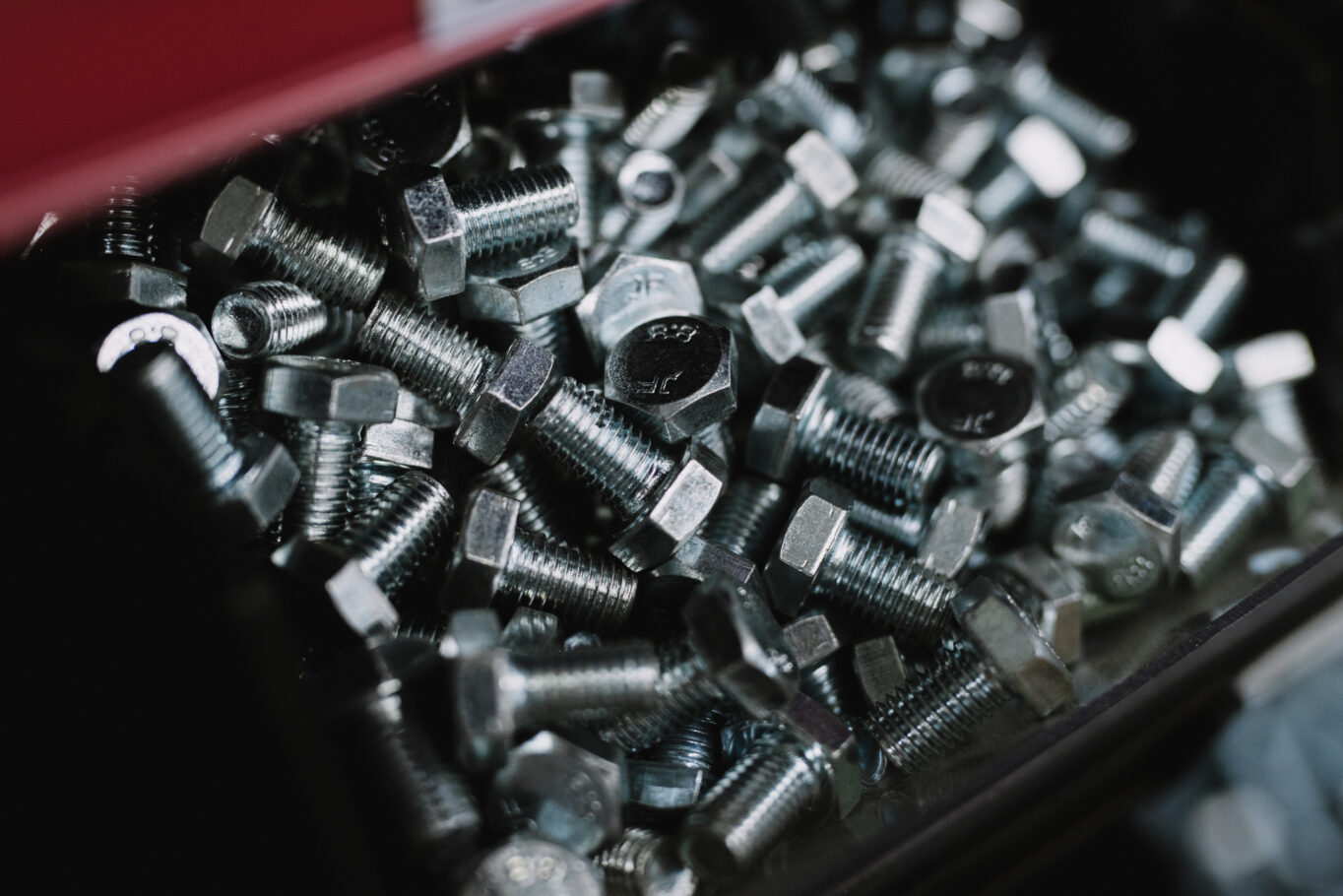
Types of nuts. Which but should You choose for our bolt?
Choosing the right type of nut for your bolt is essential to ensure durability and safety in any structure. In this article, we’ll discuss the main types of nuts, their applications, and the materials they are made from. With this knowledge, you’ll be able to make an informed decision that will positively impact the quality of your projects.
What are the main types of nuts?
The most common types of nuts include hex nuts, flange nuts, and self-locking nuts. Hex nuts are widely used in the industry due to their versatility and availability in various sizes. Flange nuts feature an additional collar that increases the contact surface and helps prevent loosening. Self-locking nuts are ideal for applications exposed to vibrations, thanks to built-in locking mechanisms.
It’s also worth noting butterfly and wing nuts, which allow easy tightening without tools. These are frequently used in temporary constructions and situations where quick assembly and disassembly are crucial. Additionally, there are cap nuts and castellated nuts used in more specialized applications that require unique solutions. The right nut choice should always depend on the specific requirements and durability demands of your project.
How to choose the right nut for a bolt?
To choose the proper nut for a bolt, consider several key factors, such as thread type, size, and material. The bolt’s thread must match the nut’s thread to ensure a stable connection. It’s equally important to match the nut size to the bolt — too loose or too tight can lead to damage. Markings on bolts and nuts, such as mechanical property classes, are also essential for proper component selection.
Additionally, thread pitch can impact connection strength. In industrial applications requiring high performance, stainless or acid-resistant steel nuts are often the best choice. Where corrosion resistance is crucial, selecting the right material ensures long-term reliability. Ultimately, choosing the right nut can significantly affect the durability of the entire structure.
Applications of different nut types
Different types of nuts are suited for specific applications due to their unique designs and mechanical properties. For example, hex nuts are commonly used in construction and heavy industry, where high strength connections are required. Flange nuts, with their extended contact area, are great for applications requiring added stability, such as industrial machines and devices. Self-locking nuts are perfect for environments with vibration, making them a popular choice in the automotive sector.
In DIY projects or household applications, butterfly and wing nuts are excellent, allowing quick and easy fastening without tools. Cap nuts are commonly used in automotive applications where both functionality and aesthetics matter. Understanding the various types of nuts and their applications allows you to select the best components for your projects, ensuring strength and reliability.
Materials used in nut manufacturing
The material a nut is made from plays a vital role in its strength and durability. The most common materials are carbon steel, stainless steel, and composite materials. Carbon steel is popular due to its strength and low cost, but it’s prone to corrosion in humid environments. That’s why stainless or acid-resistant steel nuts are often preferred in applications with a high risk of rust.
In industries requiring resistance to chemicals, composite materials offer an excellent balance of light weight and strength. Nuts can also be coated with protective layers to enhance their resistance to corrosion and wear. The final choice of material should be tailored to the working conditions and strength requirements. Thanks to the wide range of materials available, you can find the right nut for any project, helping ensure its long-term success.
- Wood screws – selecting length and thread type - 29 October 2025
- Rivet Nuts – sizes, types, and how to use them - 29 October 2025
- Trust the results — act with confidence - 10 October 2025